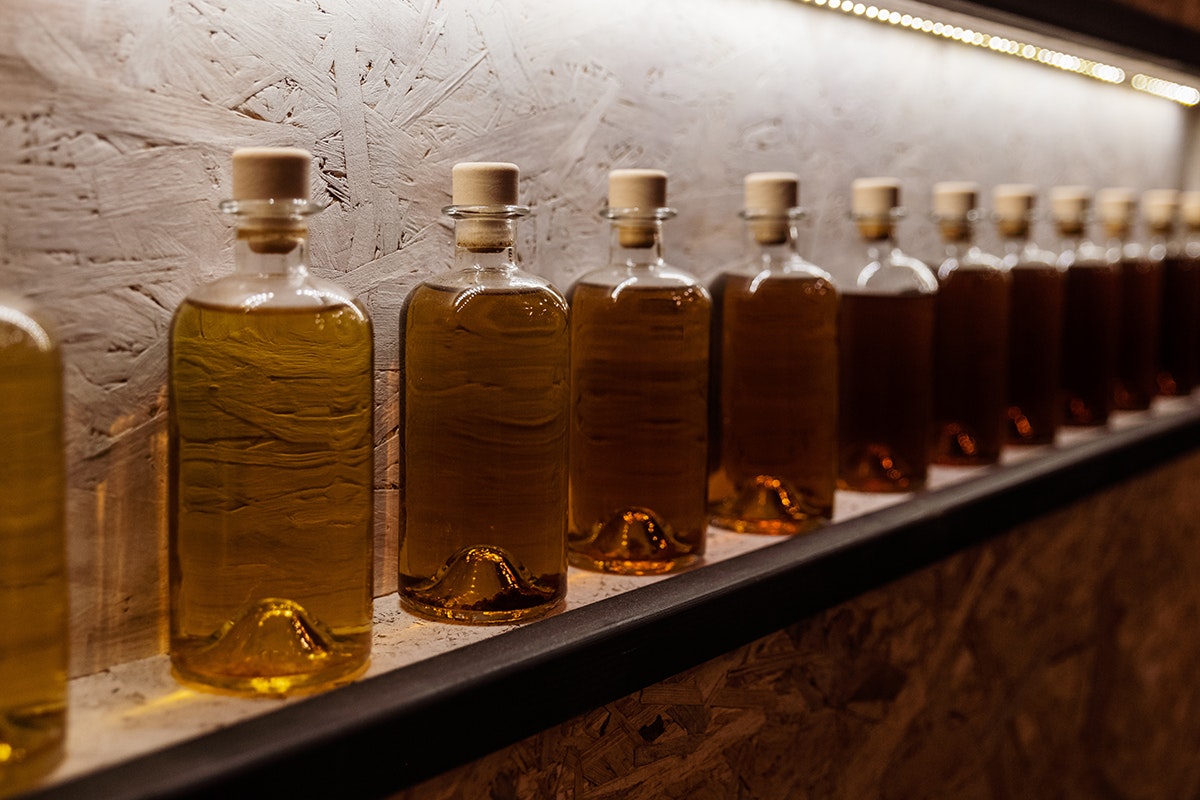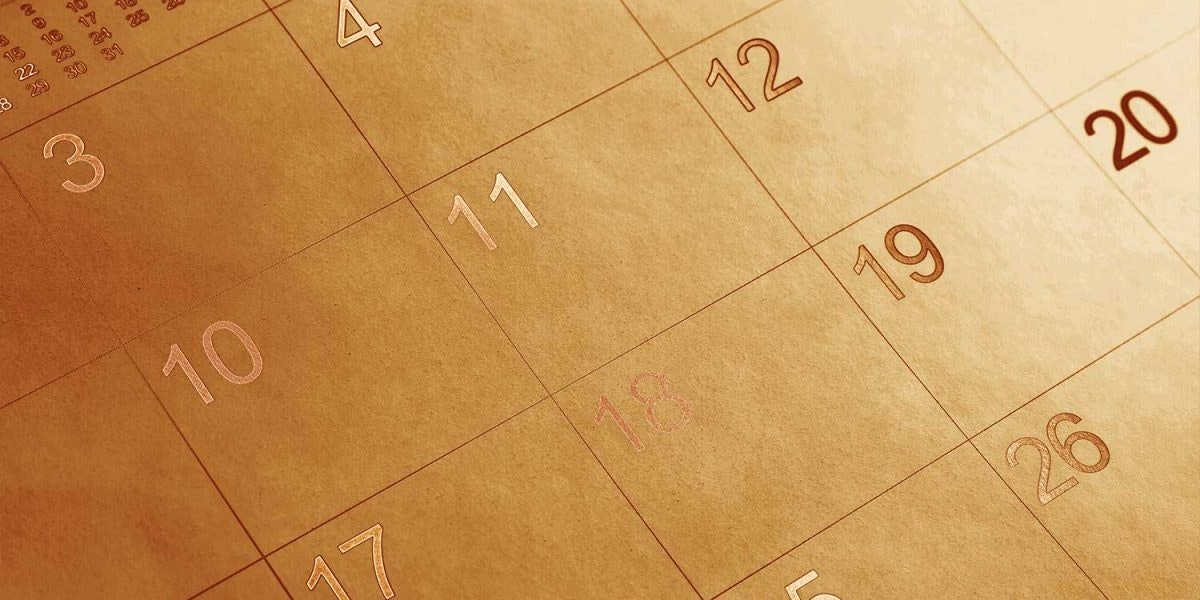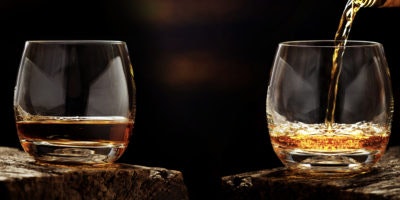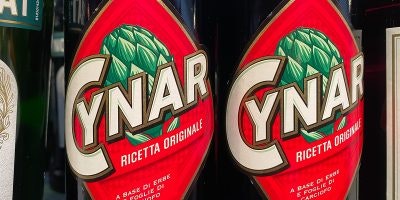Connoisseurs of craft beer in some respects have it better than lovers of liquors. After all, they can legally create their own beers at home. No such legal luck for would-be home distillers. If you dream all day of whiskey or pine over beautiful brandy, you’ll have to be content with confining your passions to the tumbler. That’s okay for most folks. But for others, the act of creation adds another physical facet to their fandom. Perhaps you can’t fire up the still in your backyard without the Feds crashing the party, but there’s nothing to stop you from practicing the time-honored art of blending spirits.
Bespoke Home Blend
Blending spirits at home is a rewarding hobby. By combining different spirits together, you can produce your own bespoke liquor. Of course, you can go full geek with hydrometers, graduated cylinders and pipets. Conversely, you can enjoy the blissful anarchy of the infinity bottle. Whichever way you go, here are a few tips from the pros to get you started.
First, think about the type of spirit you’d like to make. Are you an avid fan of smoky single malt scotch, or do you enjoy funky Jamaican rums? Next think about exactly what it is that you like about those spirits. These questions will help you find a direction for your blend. The best blenders envision the profile they want first before they ever mix anything together.
Second, look through your spirits collection and taste through anything you think might get you toward your final blend. If you’re looking to make a fruit-forward cognac you can probably skip the Ardbeg, for instance. Sample what you have and take notes. Even if you only have two bottles that you think might work, don’t worry: award winning spirits have been made from two- or three-part blends. It all comes down to how things are combined.
Smell and taste. Repeat.
Many master blenders, particularly in the scotch world, dilute their samples down to 20% alcohol prior to nosing and sampling. This volatilizes a lot of the aromas and can make it easier to pick up subtle notes that are often masked by the higher alcohol percentage. You don’t need to purchase a $5000 alcohol meter to properly do this. For most spirits out there, it’s sufficient to mix equal parts spirit and water together to get you in the 20% ABV ballpark. Once you’re done with the nosing and sampling, you can start to build your blend.
Tips for Blending Spirits
Before you begin your own blending spirits experiment, there are some helpful tips to get you started. First, lighter spirits provide a nice base for heavier flavored spirits. For example, think about the world of American whiskey. Jack Daniel’s Old No. 7 has lighter feel versus that of a fuller bodied bourbon like Knob Creek. In this instance you would use Jack as your “base” and layer smaller amounts of things like Knob Creek and other “heavier” whiskeys on top.
A good starting point is to make the base around 50-60% of the blend but this is just a suggestion, not a rule. Feel free to experiment. But keep in mind the lighter base spirits help to amplify the flavors of the heavier components so they’re nice to have in the mix. Blends of entirely heavy spirits tend to be muddled and unfocused. That’s why you don’t see many blended malts on the market; getting a bunch of single malts to play nicely together without the addition of a lighter whiskey is a tough thing to pull off for even the most experienced blenders.

Measure and Track
Next, it’s time to measure. Grab a trusty jigger or measuring cup. Better yet, invest in some cheap graduated cylinders of around 100 ml. This will allow greater accuracy. Also keep copious notes. There’s no sense in building the next Johnnie Walker Blue Label if you can’t recreate it.
Blend everything at bottle strength into a clean jar or bottle. Give it a few shakes to make sure all the components are properly distributed. Now give it a whiff. Does it need something more? Less of something? Do any components stand out or need to be dialed back? This is all part of the process.
Once you’ve landed on a blend that you’re happy with, cork it into a clean wine bottle with a decent amount of headspace. Sure, you can drink it now, but rest assured, over the next few weeks the air in the bottle will help marry the blend. This ensures that everything in the blend is in proper harmony.
Don’t Forget: Have Fun
You can do this with virtually any spirit. If you want to get really out there, think of combining different whiskey styles together like bourbon and Lowland Scotch whisky. Or how about blending rhum agricole with cachaça and Puerto Rican light rum? Go off the deep end and blend entirely different spirit categories together (hint: American rye whiskey and American apple brandy are a match made in heaven). The most important rule in blending spirits is to just have fun with it. You can always be certain that whatever you come up with will be one of a kind.
Ready to start blending spirits?
With Distiller, you’ll always know what’s in the bottle before you spend a cent. Rate, Review, and Discover spirits. Head on over to Distiller, or download the app for iOS and Android today!
Want to enjoy Distiller ad-free plus exclusive discounts, giveaways, features and other perks? Join Distiller Pro today to support the Distiller platform and keep ads off of your screen.



